- Sep 21, 2021
A Complete Guide to Biffle Bug Fishing
Fishing a Biffle Bug on a HardHead is a year-round strategy for Tommy Biffle and a critical part of his gameplan. We talked with Biffle about the technique he developed in 2010 and has been refining ever since.
“Maybe I should have thrown this in that tournament,” Tommy Biffle said to me as he unhooked the fourth bass he had caught in as many casts with a Biffle Bug on a prototype swiveling jighead that he had never thrown before. He had shown me the design a few minutes earlier and mentioned that he’d had one rigged at Smith Mountain Lake, where the Bassmaster Tour had just been, but hadn’t picked it up. He’d instead been flipping and pitching Texas-rigged Biffle Bugs and had finished solidly in the money but not in contention to win.
Less than two months after that day with Biffle, in June 2010, he won the Bassmaster Elite Series Sooner Run on Fort Gibson Lake with the same combination and introduced the fishing world to the Gene Larew Biffle HardHead. Two weeks after that, he used the same approach to win a PAA event on Tennessee’s Cherokee Lake, cementing the HardHead/Biffle Bug combo’s place in the bass fishing scene.
For Biffle, this combination immediately became a mainstay in his overall approach, and that has never changed. In fact, its place has grown. He fishes this combination year ‘round in a huge range of situations for largemouths, smallmouths and spotted bass, from the Great Lakes to Florida and coast to coast. He always has at least one rigged. It’s usually on his front deck and often in his hand.
“Sometimes I start thinking I rely on it too much,” Biffle said, “but then I remember how much money I’ve made with it and how well it works in so many places. What’s good about it is that you can cover so much water. It’s sort of like a crankbait, except you hardly ever lose fish.”
Rigged together, a HardHead and Biffle Bug scoot along the bottom, creating a ruckus and kicking side to side with the Biffle Bug’s appendages kicking constantly.
Rig & Technique
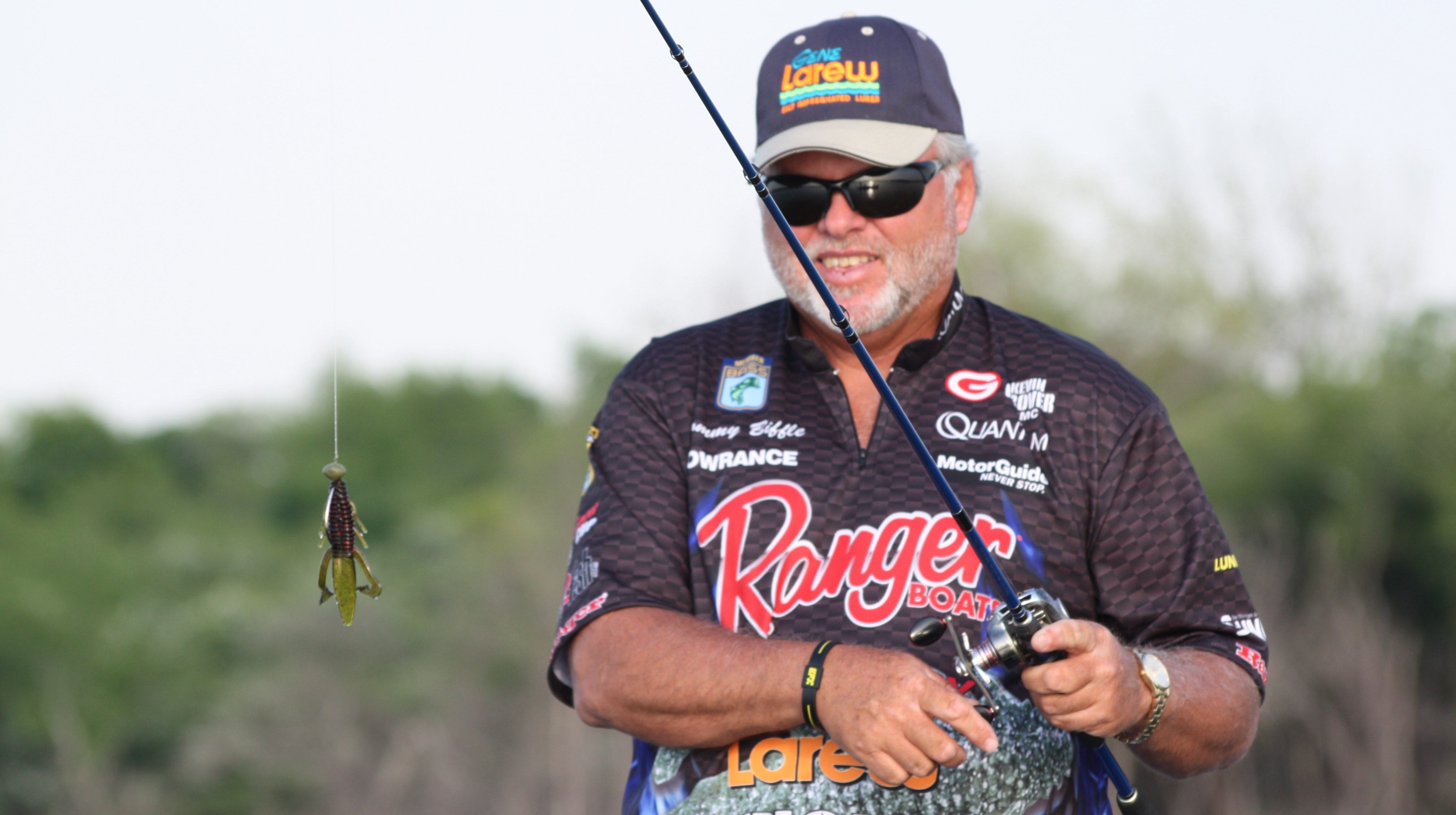

The Biffle HardHead is a jointed jig. It has a football shaped head and a swiveling, sharp, heavy worm-style hook, which remains upright but freely rotates left and right. The Biffle Bug is rigged on the hook like a Texas style worm, but with the hook pushed through so it rests in the notch in the back of the bait, as opposed to being buried in the plastic.
The approach is straight-forward. Cast. Let the lure sink. Reel.
Biffle holds his rod parallel to the water or angled very slightly up, and reels steadily, rarely adding pauses or hops of any kind. He generally reels a quickly as he can without losing touch with the bottom, having found that faster presentations tend to trigger more bites.
Sometimes bites are defined, with thumps like a classic plastic worm bite. More often the lure just starts moving sideways or just feels different.
“A lot of times, fishing the rocks, you feel that ‘bump, bump, bump.’ When it quits bumping, that’s when they’ve picked it up,” Biffle said.
Prime Real Estate
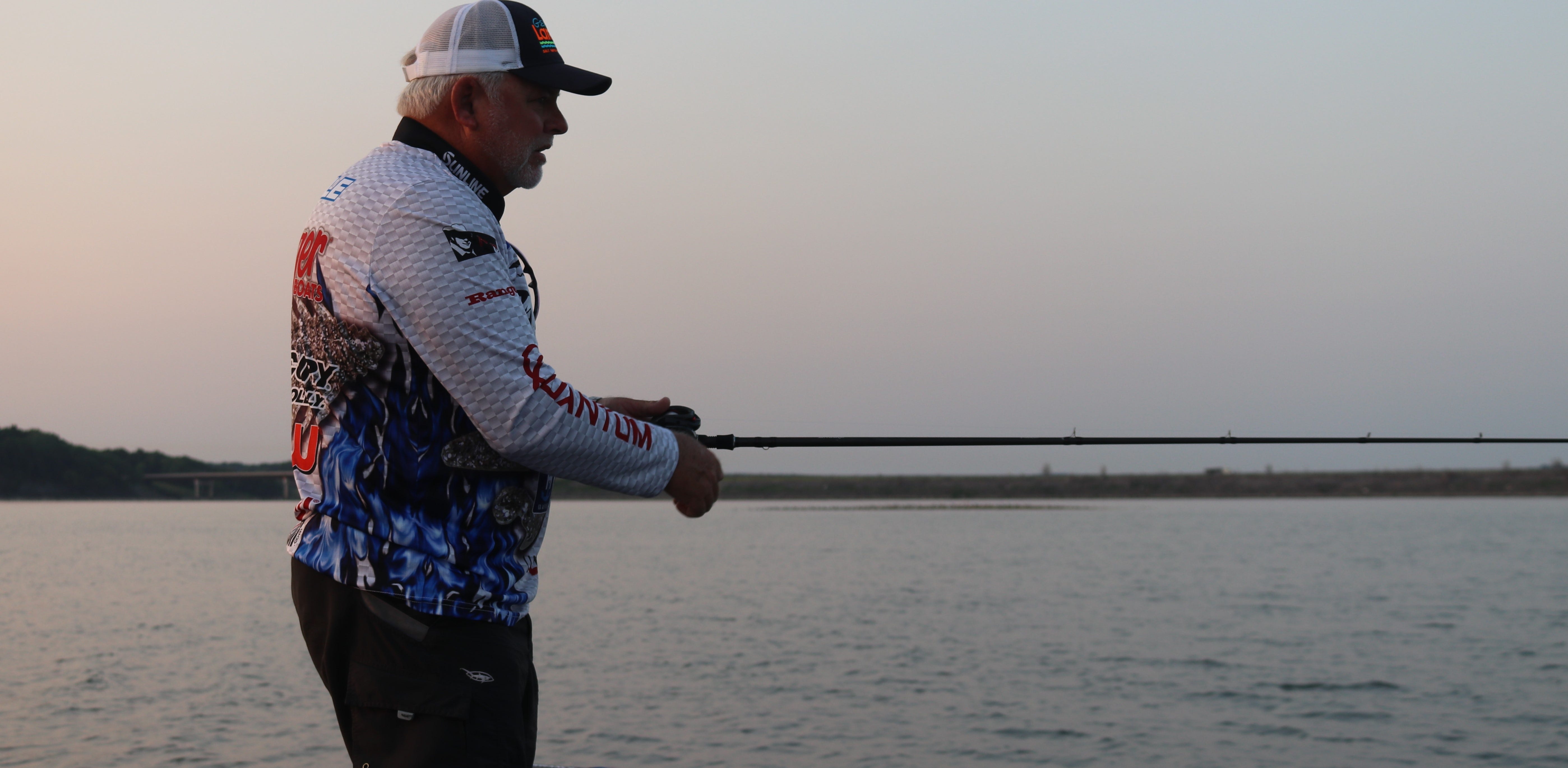

As already noted, Biffle will fish his Bug rig virtually anywhere. He has caught bass with it deep and shallow, in weedy areas and over all kinds of bottoms. His ideal area, though, is a rough, rocky bottom, for the HardHead to kick along and to make the action erratic. That could be a point, a flat, the top of a hump or a roadbed. Anywhere it is rocky and rough.
An isolated hard-bottom area, such as old home place foundation, that is surrounded by sand, can hold a lot of fish and be a gold mine for this type of presentation.
Biffle suggests avoiding riprap and other big rocks that are close together because the HardHead drops into cracks and gets hung.
Biffle spends the most time fishing a Biffle Bug shallow – typically in water less than 8 feet deep. Smallmouth waters are the biggest exception. In a northern smallmouth river or lake, he’ll commonly fish a Biffle Bug the same way in more than 20 feet.
The Specifics
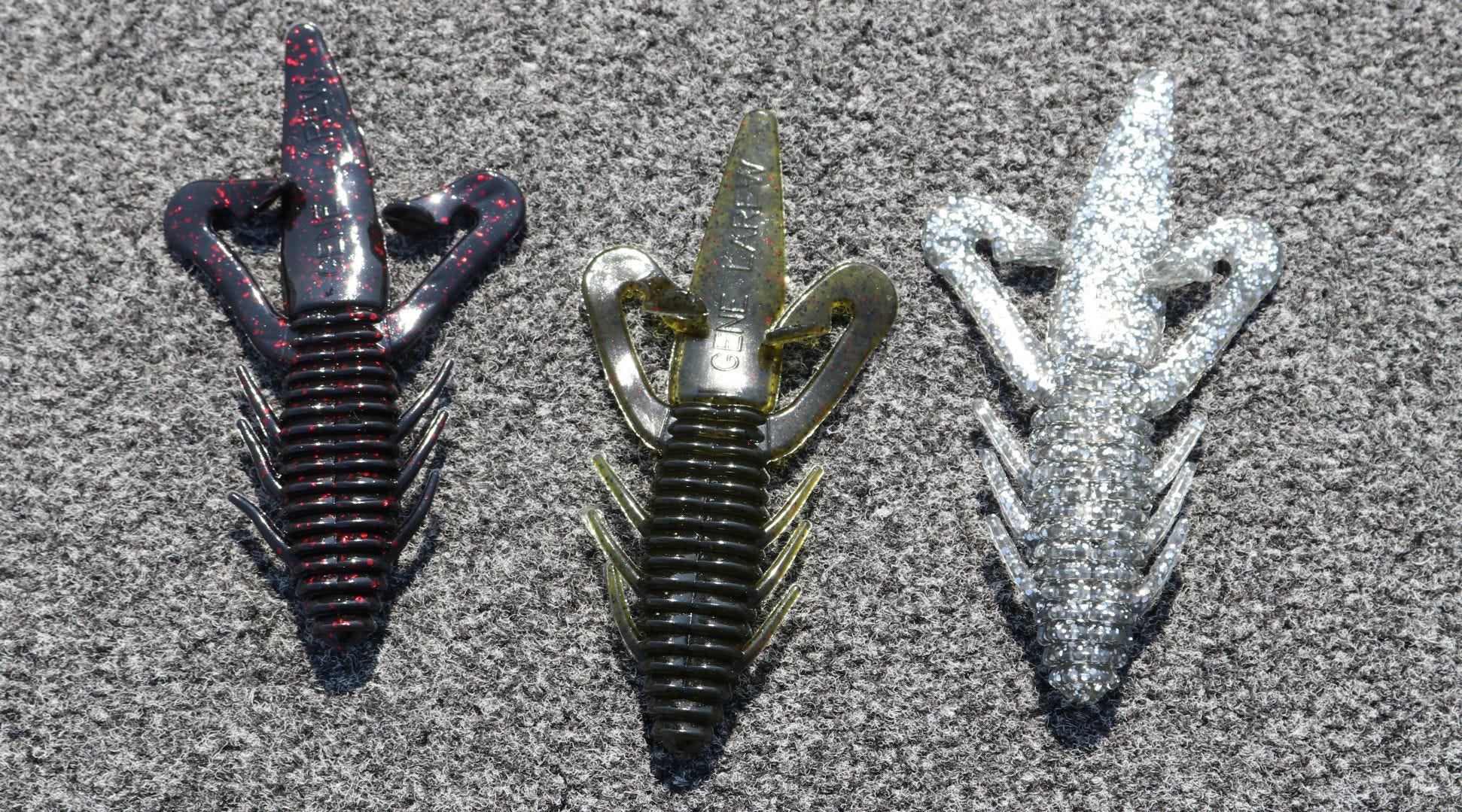

Biffle’s color of choice, most of the time is Sooner Run. Significant exceptions are dirty water, which causes to go with darker colors like June Bug or Black Neon, or some fall situations, when the bass are relating heavily to shad. When bass are schooling, he’ll fish a Smoke/Silver Biffle Bug beneath them and often will catch larger fish than those that are breaking on top.
“The 7/16 is what I throw the most,” Biffle said about sizes, noting that he mostly fishes this rig in shallow water. For depths of 10 feet or more, he’ll use an 11/16-ounce HardHead or even turn to 1 ounce, with the 1-ounce model most likely to come into play if current is a factor. Some days Biffle will have a couple of sizes rigged and on the deck. Working a rocky hump, he might start by working the outside edge with the 11/16-ounce version and then fish the top of the structure with the 7/16.
Biffle used to use original Biffle Bug exclusively for this application. He has learned over the years, though, that the smaller Biffle Bug Jr. sometimes will produce better action. He often tries the smaller bug if the water is extra clear or other conditions suggest that bass might be fussy, and action has been somewhat slow.
Biffle fished a HardHead and Biffle Bug on a 7-6 Quantum Light Flipping Stick matched with 7.3:1 Quantum Smoke Baitcasting Reel spooled with 20-pound-test Sunline Shooter fluorocarbon. If the water is very clear, he might drop back to 16-pound line, but that is uncommon.
The Juice
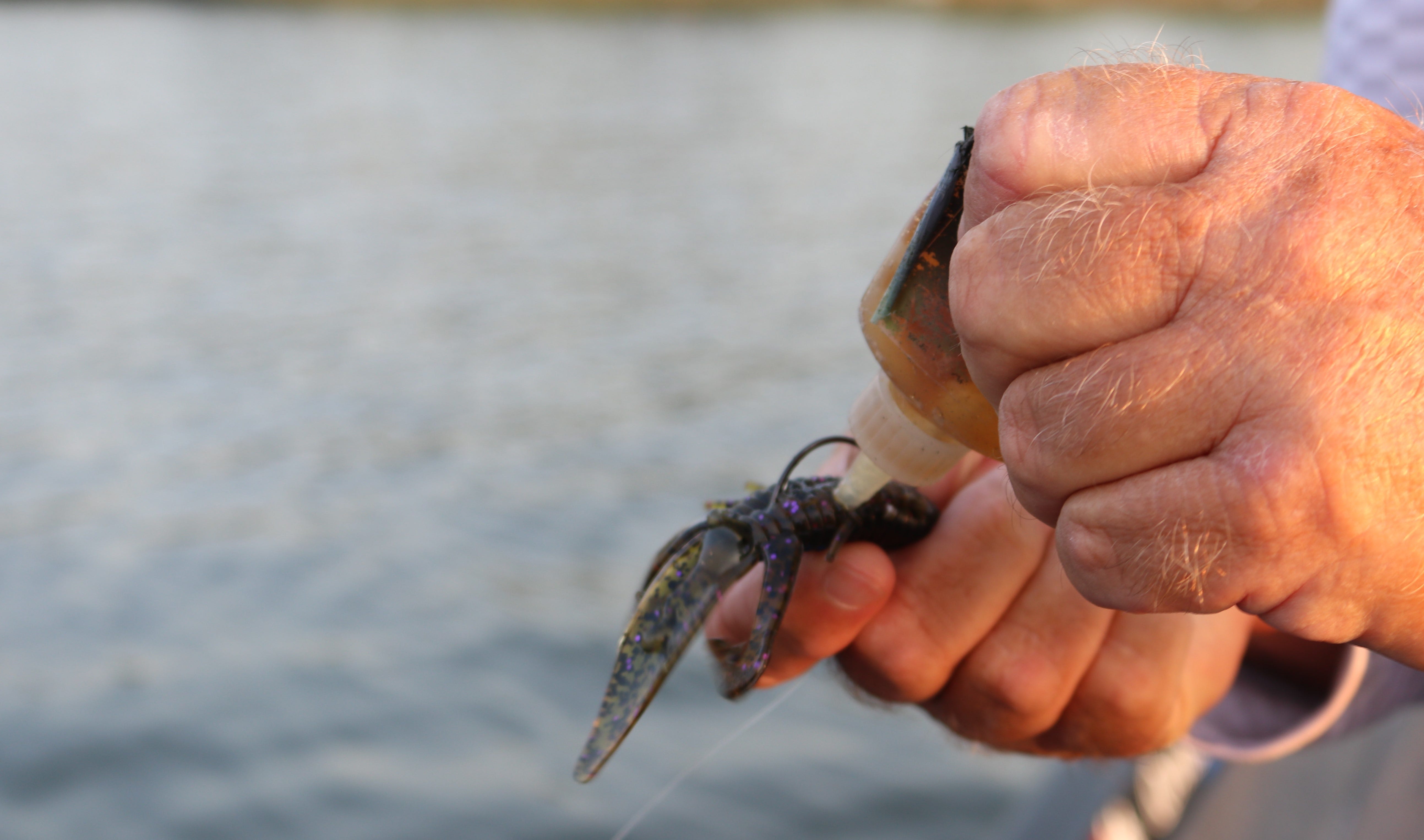

Biffle always has a bottle of Gene Larew Bug Juice scent in his pocket or on his boat deck (often both), and he replenishes it regularly. He has seen instance after instance where he has forgotten to use juice for a while and started catching fish after remembering or where one person was using Bug Juice, and another was not, and the catch difference was dramatic.
Bug Juice is sticky and last a while inside a Biffle Bug and even on the outside. However, if Biffle is tournament fishing and it is critical to make every cast count, he replenishes Bug Juice frequently.
To apply, Biffle inserts the Bug Juice bottle tip in the Biffle Bug’s cavity and fills the bait. There’s usually a bit of extra on the tip, so he rubs that on the bait’s ribs so there is scent and flavor on the outside.
Bugging Tips
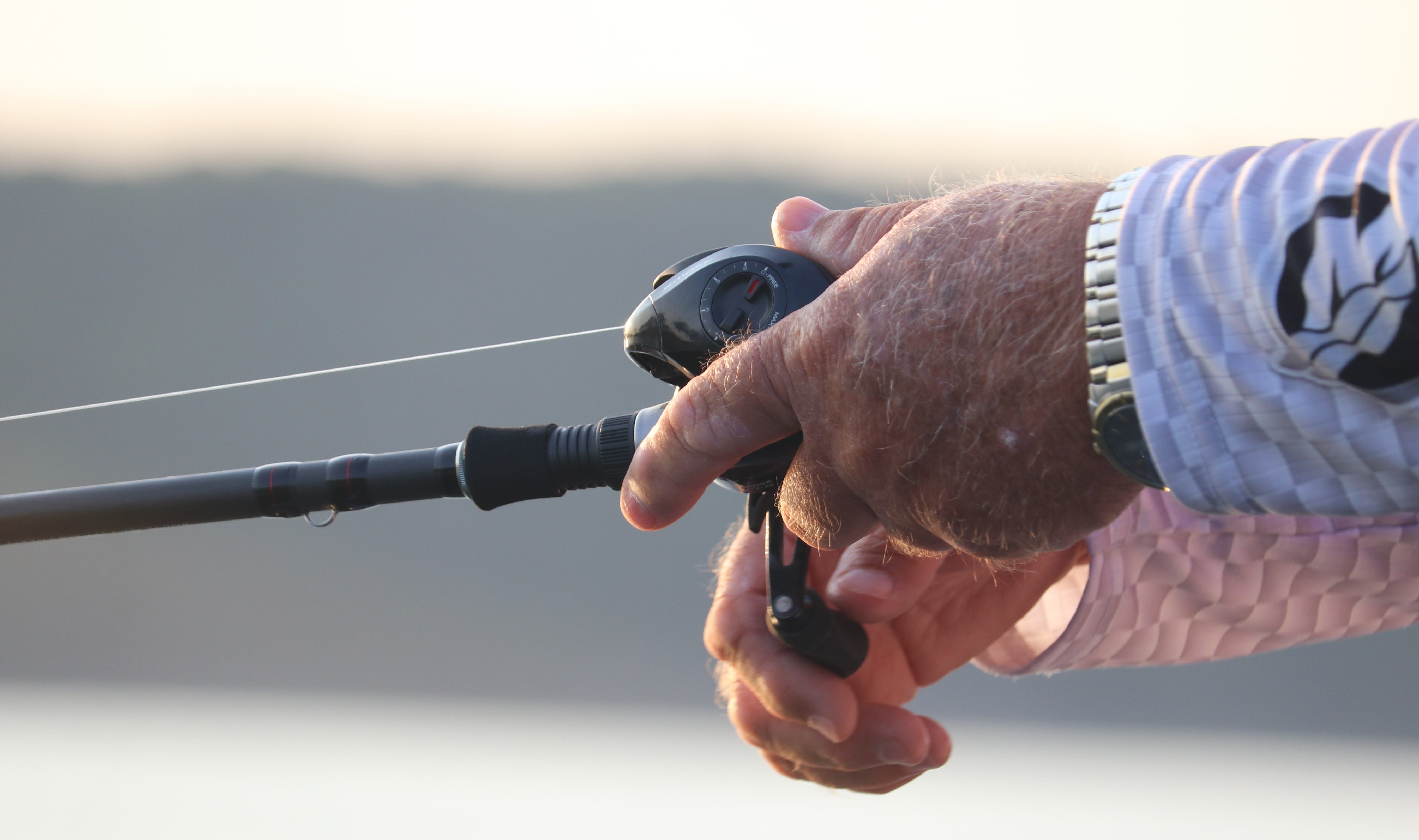

- Check Your Line Often – If there’s ANY abrasion, retie immediately. Even “one more cast” might be the one that costs you a big fish.
- Set The Hook – If you stop feeling bottom or feel a weird resistance, set the hook. Fish often pick it up softly, and you’ll miss fish if you don’t set the hook on “maybes.”
- Keep it Moving – Faster reeling usually equates to more strikes for Biffle. Exceptions exist, but he normally wants it moving about as quickly as possible without losing bottom.
- Try Slow – Despite the previous tip, when the water is cooler or other conditions suggest fussy fish, slowing the presentation will sometimes produce more bites.
- Hit Isolated Cover – A single brushpile atop a rocky point can hold several fish. If you locate one, work past it from multiple angles.



